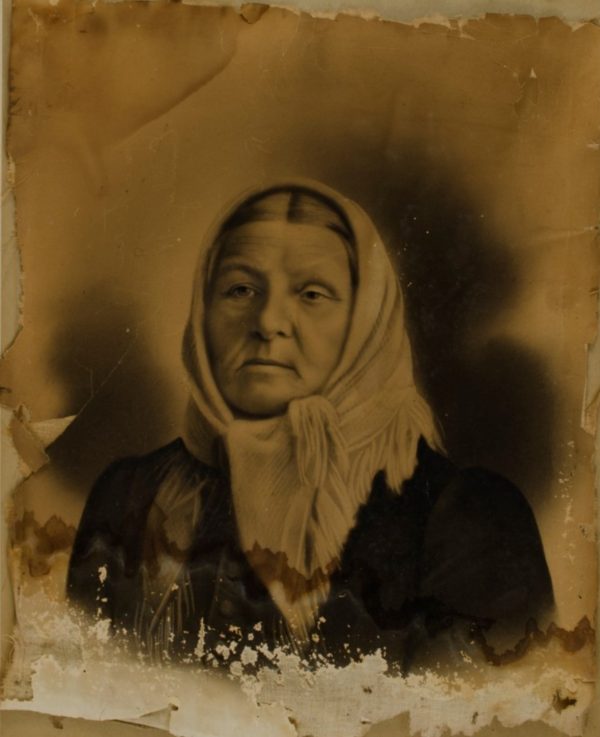
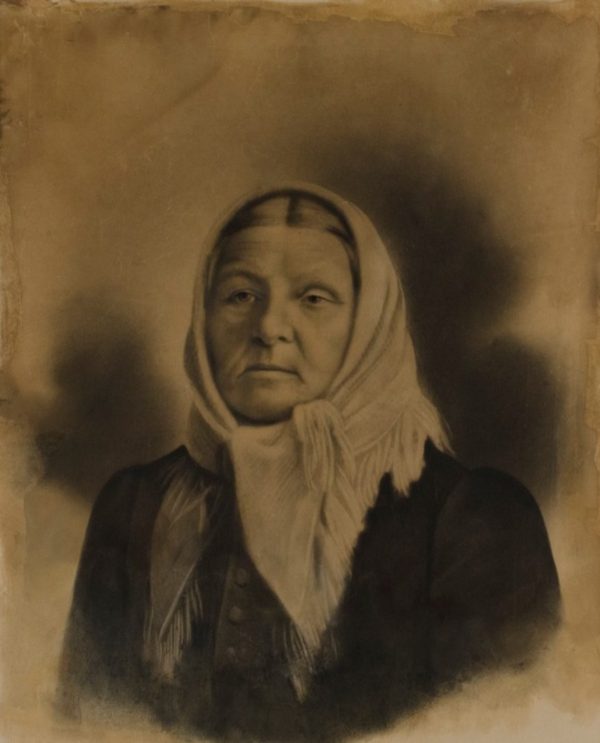
Original photograph “Great Grandmother” was preserved
Private Client, Marblehead, MA
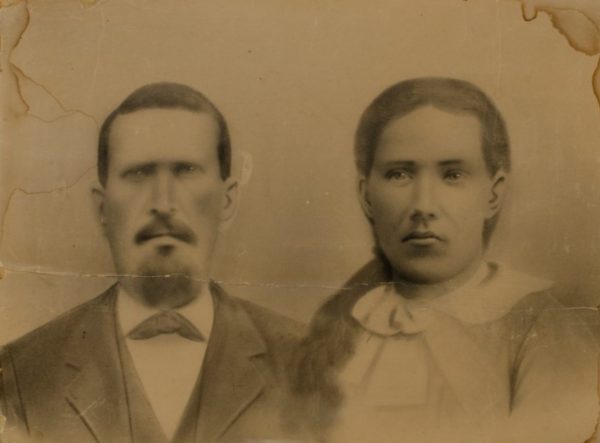
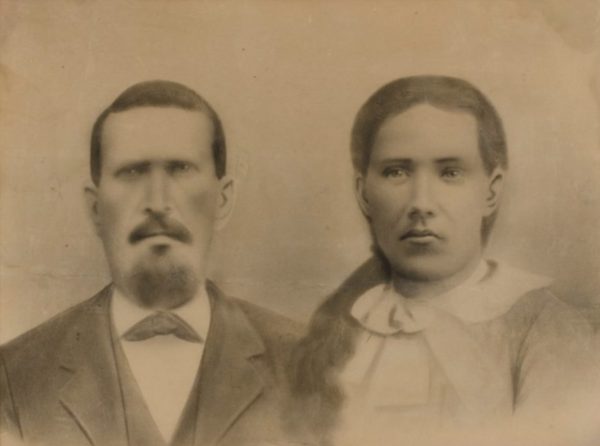
An original old photograph restoration example
Private Client, Westminster, CO
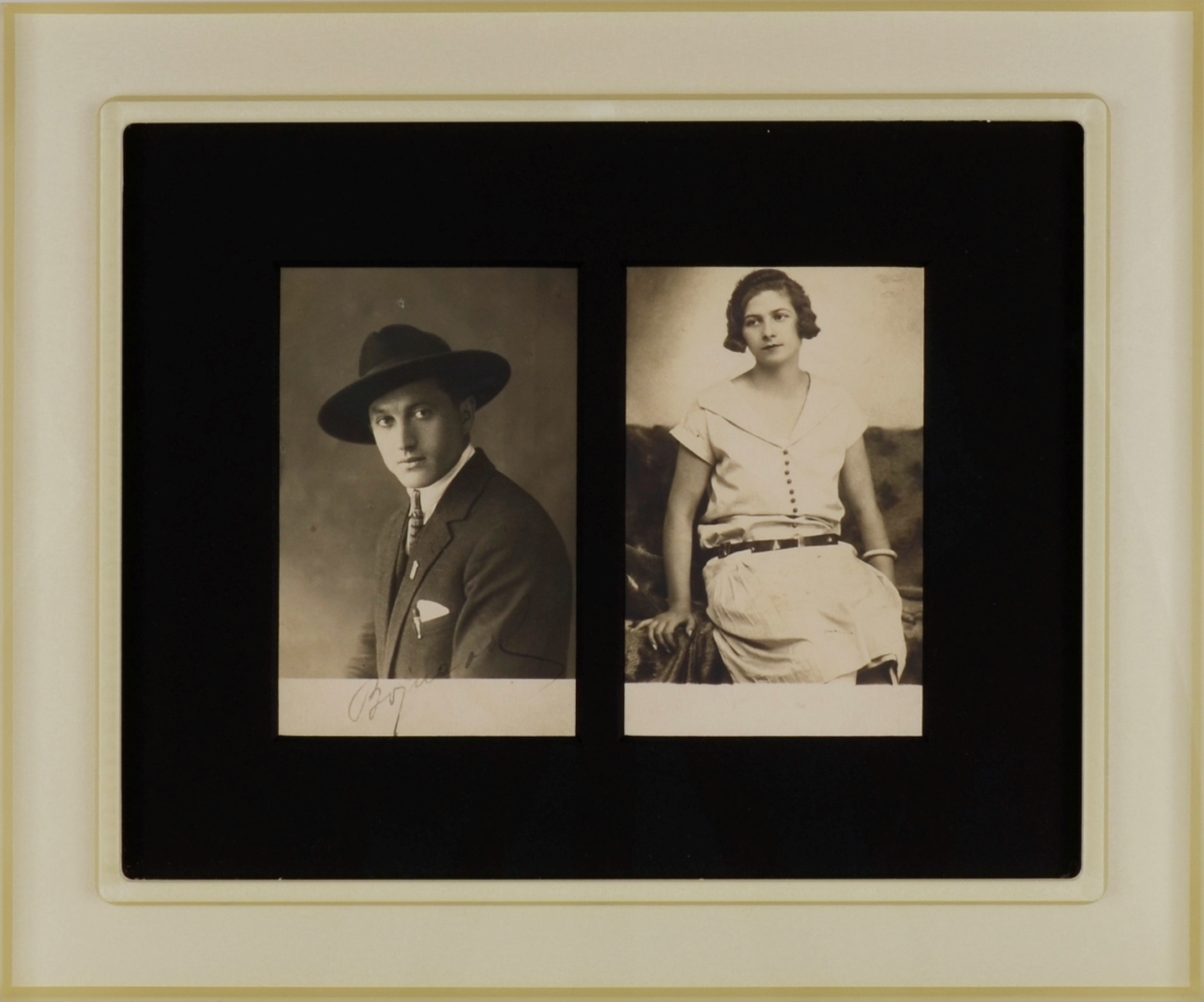
Two original photos framed with 100% Rag mat Board and
protected with Museum Glass. The Museum Glass blocks 99% UV rays.
You can read more about the benefits of the Museum Glass HERE
Photography as a recording medium has altered significantly since its earliest methods in the 1820s. Until the 1880s, images were exposed onto metal or glass plates coated with a light-sensitive emulsion comprised of a variety of chemicals. The 1900s were the beginnings of the 35mm film commonly used today, allowing for smaller cameras and up to 100 photographs to be taken per roll. Polaroid made the next big improvement in the 1960s with their instant film process, and Kodak followed with the first prototype of a digital camera in 1975. Today, most negatives are in the form of a digital file taken by a Digital SLR camera, a simple point-and-shoot camera, or even your smartphone.
Understandably, with so many processes developed over nearly 200 years, the materials and chemicals used create photographs have also improved. While many early photographs were photographed directly onto a metal plate, the use of paper wasn’t popular until the 1840s. Most darkroom papers incorporate either silver chloride, silver bromide, or a combination of the two. Printing photographs today not only involves various kinds of paper, but ink as well. Standard dye-based inks used in inkjet printers will fade after 10 years, while higher quality papers and pigment-based inks can last over 100 years. Photography paper also has a range of finishes: matte paper is dull, glossy paper has a shiny finish, and lustre falls between the two.
Even with high quality materials, photographs are prone to damage and deterioration. Water and tape can create stains and weaken the paper. Fire will leave an acidic residue of soot, can discolor photographs, and The improper storage of photographs in a humid environment can cause mold to grow. Handling photographs can lead to tears, cuts, trims, and other physical damage. Exposure to light can cause a yellowing of paper or a fading of the tone of the photograph, and can also cause old chemicals in a print to darken.
There are steps that you can take to preserve original photographs. For storing printed images, a dark, dry location that is room temperature or cooler is an ideal location. To prevent acidic materials from harming photographs, store them in acid-free boxes and keep negatives and prints in separate boxes. Handle photographs carefully to prevent tearing, and do not use glue, rubber bands, tape, or other adhesives. These simple steps will help preserve your photographs and prevent deterioration.
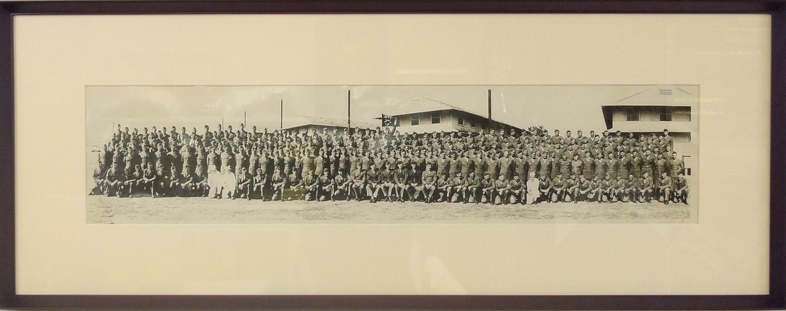
Original WW II photograph
After restoration example

Marilyn Monroe as a pin-up girl
original photo after restoration
Signature with dedication:
“To Peter, Love and Kisses, Marilyn Monroe”
Back to our Fine Art Restoration, Repair and Conservation Services page | Direction to our Studio LINK
Contact Oliver Brothers or call us to schedule an appointment at 617-536-2323
"*" indicates required fields